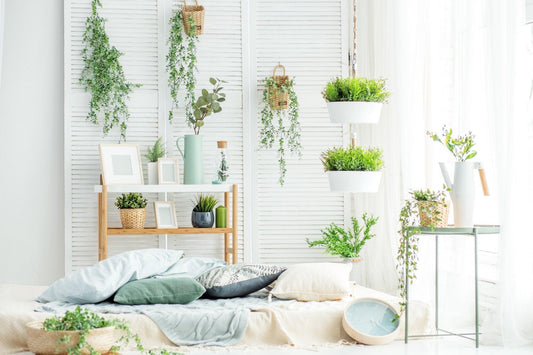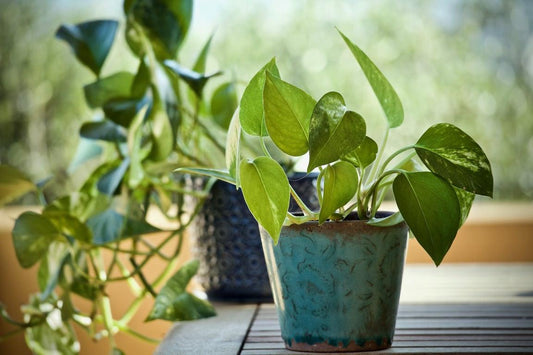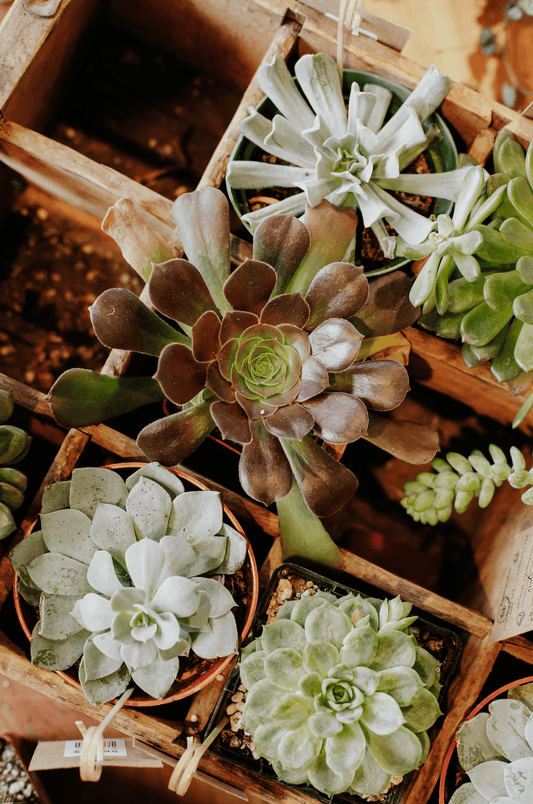PEPEROMIA
How to Care for the PEPEROMIA
Overview
Peperomias, also known as radiator plants, keep a rather low profile. They are not known for their strikingly stunning appearance, but they tolerate a good range of growing conditions, have interesting foliage, and stay small, making them a choice options for beginners. They may look and behave like succulents, but they are one of the two large genera of the family Piperaceae. Native to tropical and subtropical regions—particularly Central and South America—these slow-growing ornamental houseplants are normally compact, rarely going past one foot in height and 8-12 inches in terms of spread when grown in indoor settings.


Profile
What’s interesting about Peperomias is how they vary in appearance. While the foliage share relatively similar characteristics, they can come in different colors, textures, and patterns. Some have fleshy, stout stems, while others have threadlike ones. The leaves may be oval, heart-shaped or lance-shaped. sometimes green, sometimes other colors, they can come in striped or marbled patterns. Flowers grow in the form of small cordlike spikes, though they’re fairly unimpressive compared to the foliage.
While not fussy, incorrect watering and humidity can affect how Peperomias grow. Their natural habitats are the cool, moist understories of rainforests, which explains their need for moderate soil moisture and high humidity. Given proper conditions, they’re easy to propagate through stem and leaf cuttings. Variegated varieties do better with stem cuttings as this method is more effective in maintaining the leaf variegation.
They’re non-toxic as well, making them safe to have in your home for both humans and animals.




Low light
Most varieties of Peperomia prefer bright, indirect light—preferably in a spot where they can receive sunlight from a window. They can also adapt to medium and low light, but such environments may delay growth and foliage will not be as vibrant. Exposure to direct afternoon sun will burn the foliage. They do best in a temperature range between 60-80°F, and will benefit from added humidity courtesy of a humidifier or a naturally humid environment such as a kitchen or bathroom.

Occasional
Peperomias do not require frequent watering to stay healthy. Water when 50-75% of the soil volume is dry. Discard any water that accumulates in the saucer to prevent root rot, and allow the surface to dry out between waterings. Use distilled or rainwater; the micronutrients that rainwater releases into the potting soil may be beneficial for plant growth. Avoid tap water as chlorine toxicity can result in leaf damage.

Easy breezy
When planting and repotting, use a loose, well-draining soil or potting mix. Peperomias do well when they are slightly rootbound, but may start to decline in health if the pot is gets too small. Opt for a terracotta or clay pot one size bigger than your plant so that it will accommodate its root ball well. Planting your Peperomia in an overly large pot may result in rotting.

Pet Friendly
FREQUENTLY ASKED QUESTIONS (FAQs)
on PEPEROMIA
Why are the leaves on my Peperomia limp and drooping?
The soil may be too dry. Should the soil go completely dry all the way through the pot, you may be able to salvage the plant by giving it a thorough 45-minute soak. Allow it to soak up water through the drainage hole until it reaches the top 2-3 inches of the soil. This may cause some additional stress on your Peperomia, so give it time to adjust.
What causes my Peperomia to have black spots on the leaves?
This is most likely due to infectious leaf spot diseases. Immediately isolate the infected plant and cut away all diseased portions. If necessary, prune aggressively to make sure all infected areas are removed.
Should I cut off the flowers?
Peperomias put a lot of energy into blooming, and keeping the flowers on may affect the lushness of your plant’s foliage. If you want a lush plant, it’s best to prune.




